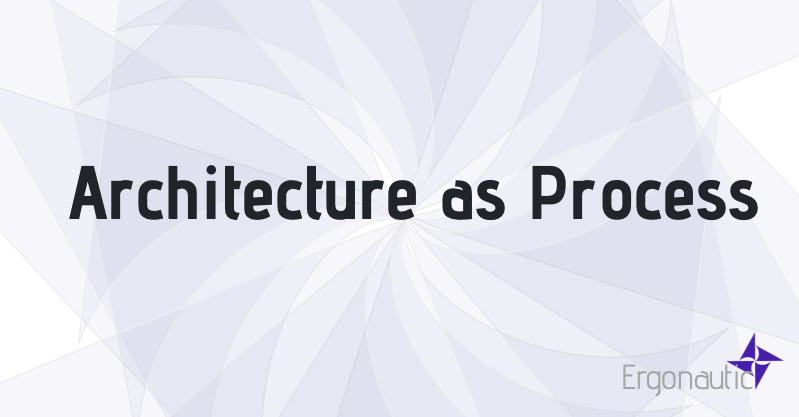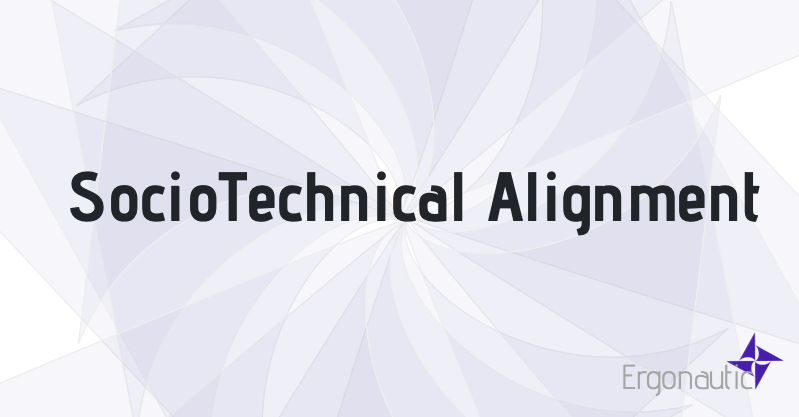Sociotechnical systems aren’t made of people on one side and tools on the other—they’re mutually constituted. This blog outlines what that means, why it matters, and how organizations can shift from buzzwords to better systems.
Our Thoughts

This essay builds on Booch’s model through a temporo-material perspective, which sees design not as linear decision-making but as an enfolded, ongoing process. Design emerges from entanglements of material, temporal, organizational, and historical forces. It’s not just about choosing—it’s about **inhabiting and shaping what already matters.

Architecture is not (only) the result of good diagrams but of good dialogue—about what’s changing, what’s possible, and what kind of futures we want to make real. Architecture is the capability to make sense of and shift constraint regimes in ways that allow the organization to act coherently. The architect’s job is not to own the architecture, but to enable the process of architecture to occur meaningfully and sustainably within the firm.

Imagine attending a concert where each musician plays flawlessly, but they’re all playing different pieces.

The market keeps moving and advantages today can become the dragging anchors of tomorrow. How does your organization discover, develop, and disseminate information to adapt and improve? How can you get better?

As technologists, we want to make the world a better place. Yet today we are facing a continuous enshittification of every platform on the internet. Can we turn this ship around?
